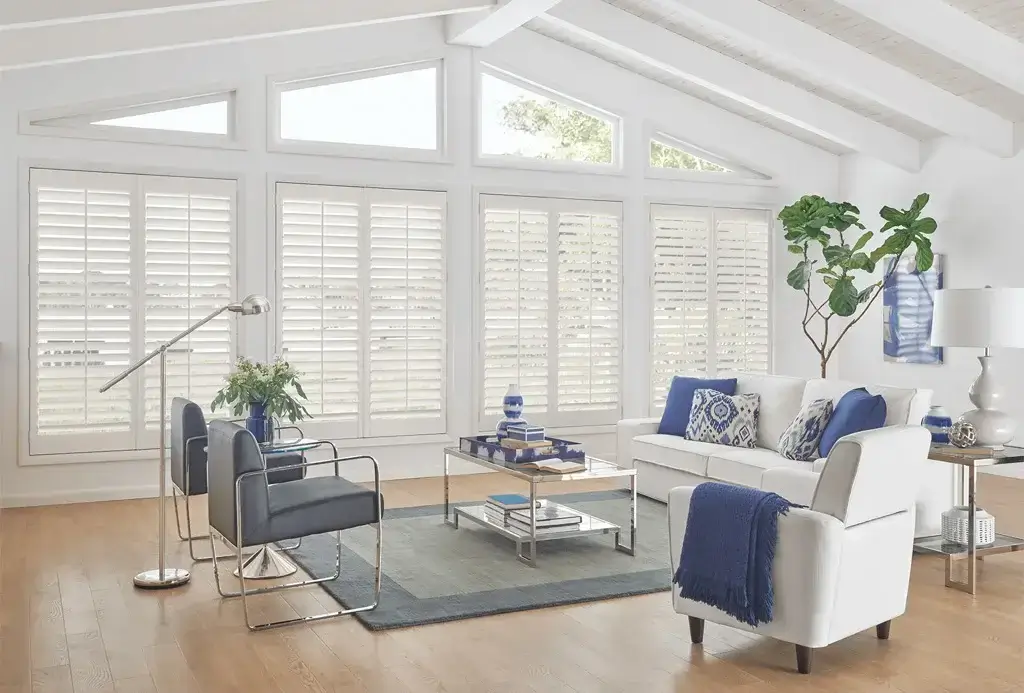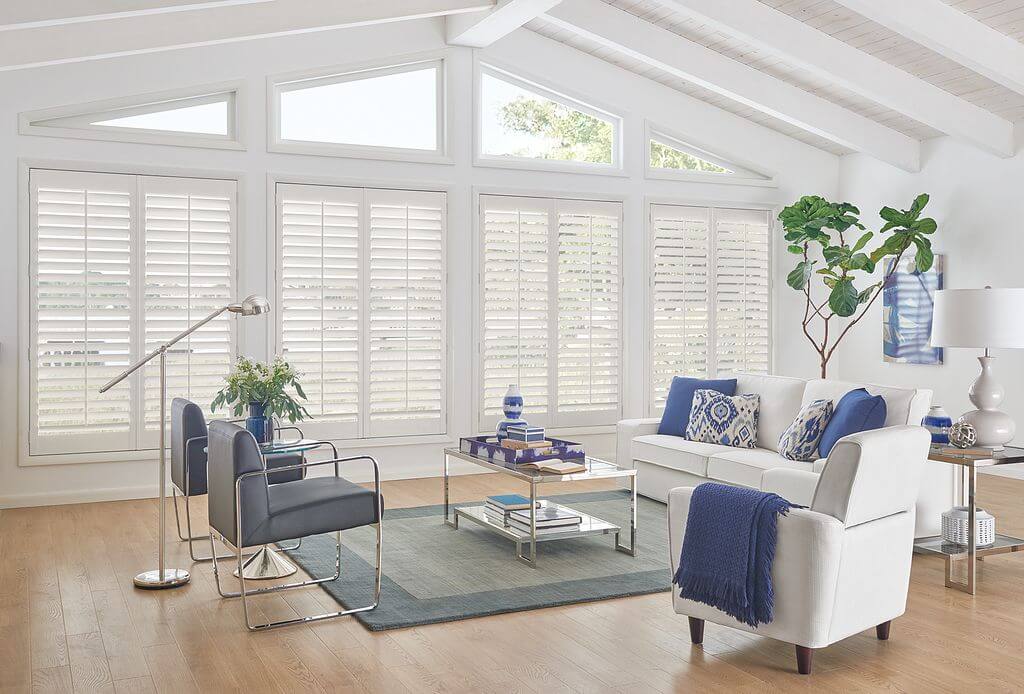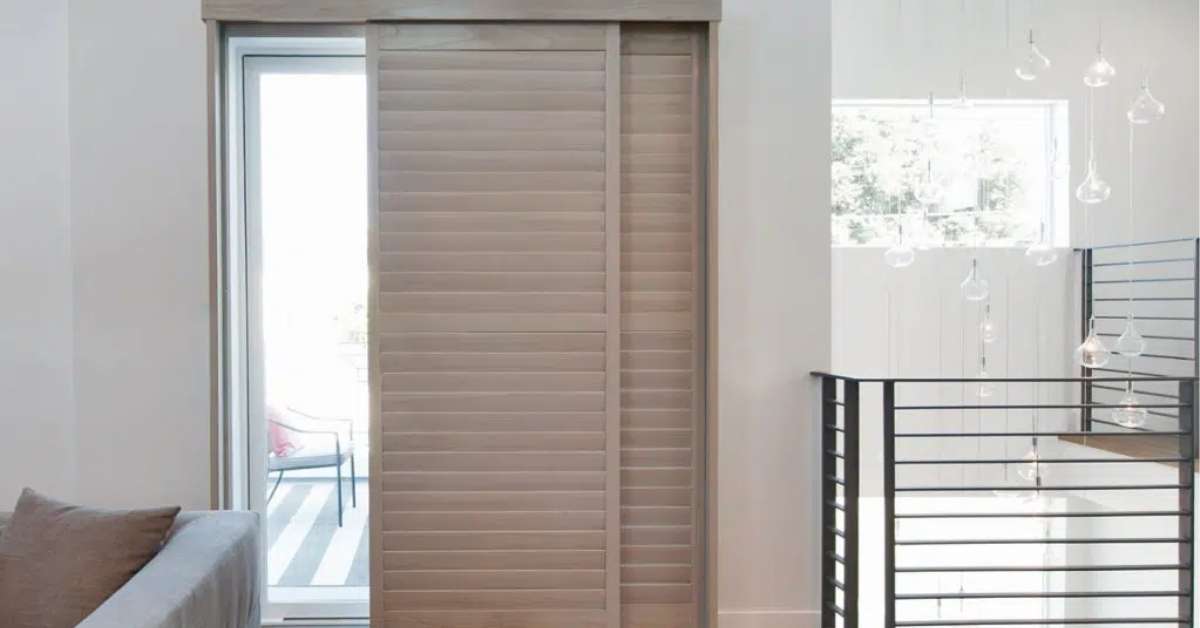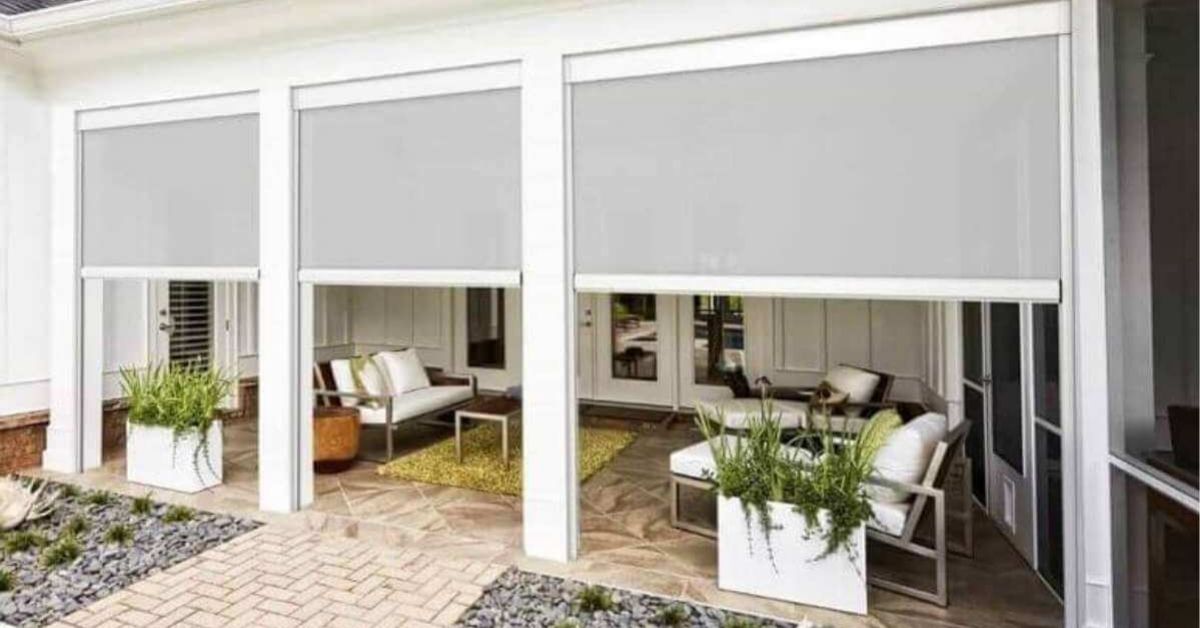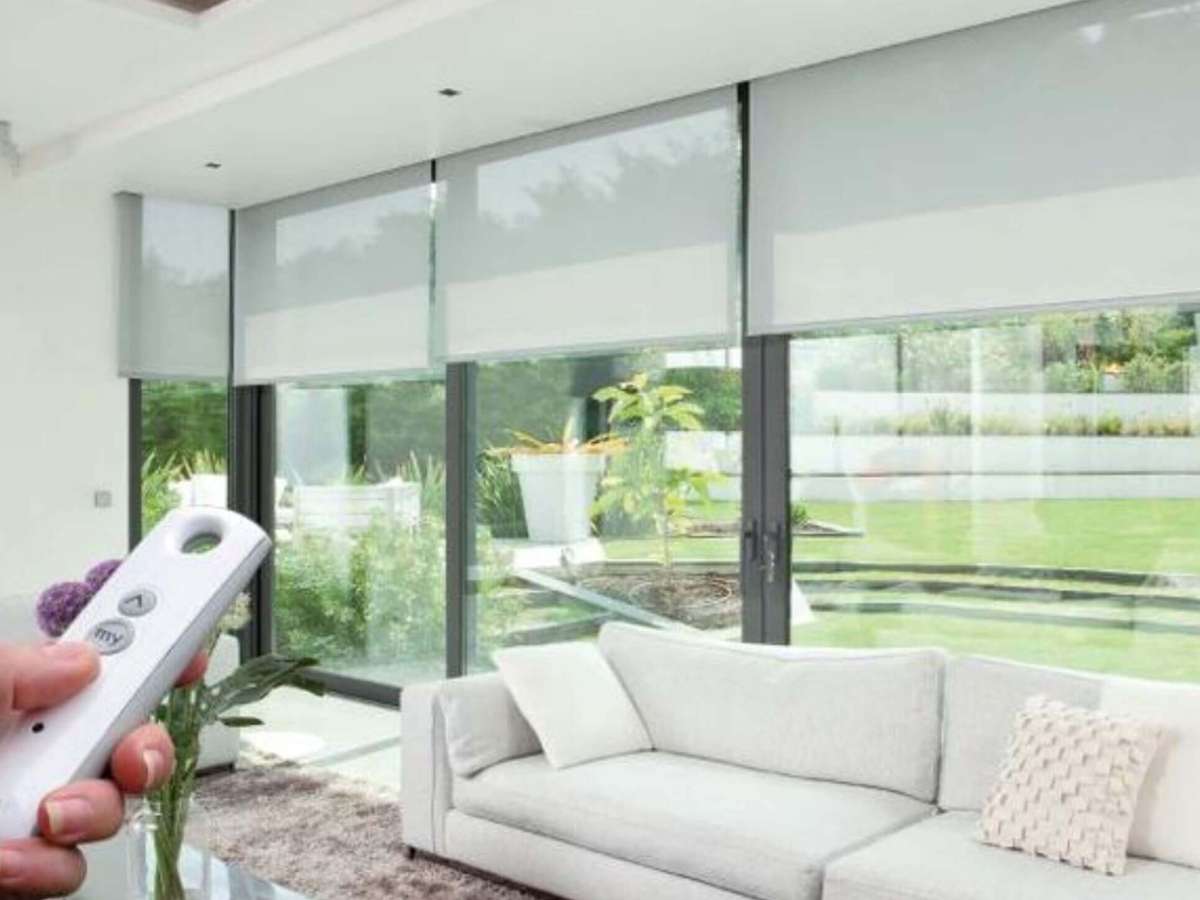Wood shutters are timeless and elegant for enhancing your home’s architectural style, curb appeal, and overall value. Whether you’re considering exterior shutters to complement your home’s façade or interior shutters for light control, privacy, and noise reduction, selecting the right type of wood is crucial. We’ll explore the best wood types for wooden shutters and help you decide for your home.
Factors to Consider When Choosing Wood for Shutters
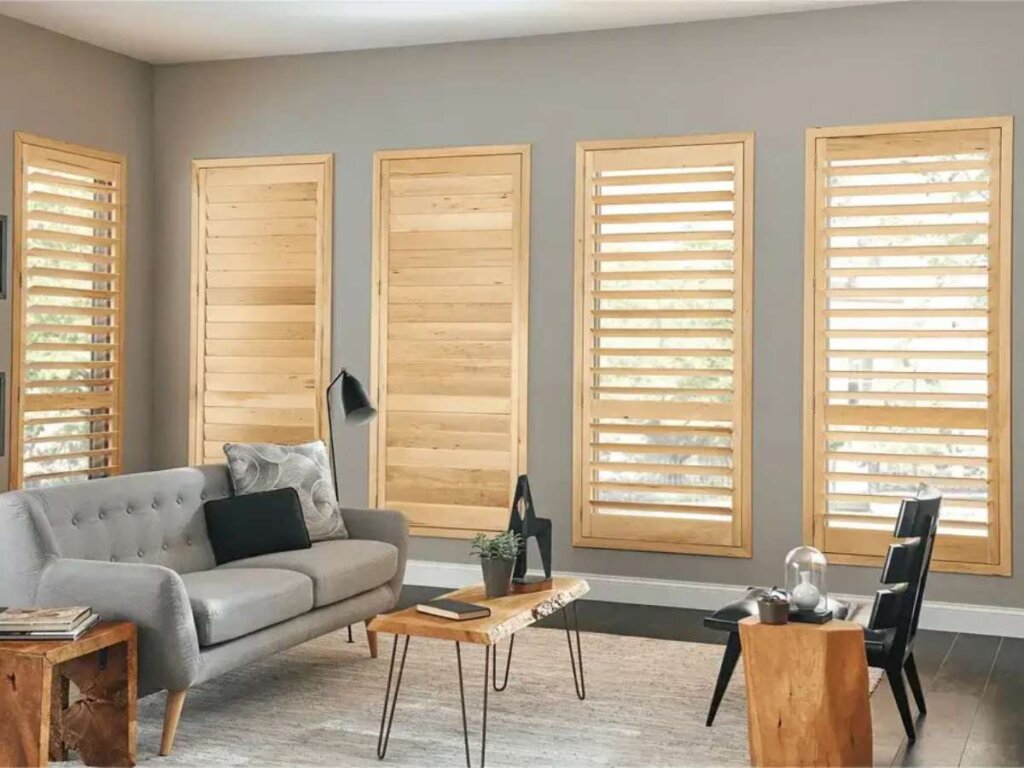
Before delving into the specific wood types, it’s essential to understand the key factors that influence the selection process.
Durability and Weather Resistance
For exterior shutters, durability and weather resistance are paramount. Look for wood that can withstand moisture, sun, and temperature fluctuations. It should also not warp, crack, or rot.
Aesthetics and Grain Pattern
The wood’s natural beauty and grain pattern can significantly impact your shutters’ overall appearance. Consider whether you prefer a uniform, smooth grain or a more distinctive, character-rich grain pattern.
Weight and Ease of Installation
The weight of the wood can affect the ease of installation and the long-term functionality of your shutters. Lighter wood types may be more manageable and less likely to strain the mounting hardware over time.
Cost and Availability
Different wood types come with varying price points and availability. Consider your budget and the accessibility of the desired wood type in your area.
Best Wood Types for Wooden Shutters
Now, let’s explore some of the most popular and suitable wood types for exterior and interior shutters.
Basswood Shutters
Basswood is a top choice for interior shutters, particularly plantation shutters. It is lightweight, stable, and has a fine, uniform grain that accepts paint and stains well. These shutters are affordable for many homeowners while offering a smooth, clean look.
Cedar Shutters
Cedar is a popular choice for exterior shutters due to its natural resistance to moisture, decay, and insect infestation. It can be stained to bring out its inherent beauty or left unfinished to showcase its unique, rich grain pattern. Cedar shutters are a long-lasting investment for your home because of their exceptional weather resistance and durability.
Redwood Shutters
Redwood is another excellent option for exterior shutters. It is extremely durable outside because it is naturally resistant to rot, moisture, and insect damage. Your house’s exterior will look more charming and characterful with redwood shutters because of their unique grain pattern and warm, rich color.
Poplar Shutters
Poplar is a multipurpose wood suitable for external and interior shutters. Its smooth, uniform grain accepts paint and stains well and is stable and lightweight. Poplar shutters are reasonably priced, have a timeless appearance, and work dependably.
Customization and Style Options
When selecting wood shutters, consider the customization and style options to ensure a perfect fit for your home.
Custom Sizing and Configurations
With custom shutters, you can match your windows’ exact size and arrangement for a smooth, polished appearance. Whether your windows are standard or have a unique shape, they can be customized to meet your needs.
Paint and Stain Finishes
Wood shutters can be painted or stained to match your home’s color scheme and personal style preferences. Paint-grade wood types like basswood and poplar provide a smooth, uniform surface for a flawless paint finish. Wood types with a high stain grade, such as redwood and cedar, have a rich, warm appearance and highlight the natural beauty of the wood grain.
Frequently Asked Questions about Wood Shutters
If you want to showcase the natural wood grain and beauty of your shutters, cedar and redwood are excellent choices. These wood types have distinctive, character-rich grain patterns that add warmth and charm to your home. They can be left unfinished or stained to enhance their natural appearance and protect the wood from the elements
You can mix different wood types for interior and exterior shutters based on your needs and preferences. For example, you might choose basswood for your interior shutters because of its smooth, paintable surface and lightweight nature.
At the same time, you might opt for cedar or redwood for your exterior shutters due to their durability and weather resistance. Mixing wood types allows you to optimize the performance and aesthetics of your shutters in different areas of your home
Wood shutters can be used in high-humidity areas; choosing a wood type naturally resistant to moisture, such as cedar or redwood, is important. Additionally, proper ventilation in these spaces should be ensured to minimize excess humidity and potential damage to the wood. Alternatively, moisture-resistant materials like composite or vinyl shutters for high-humidity environments should be considered.
Wood Shutters For You
With so many different wood types available, each with unique characteristics and benefits, it can be challenging to determine which will best suit your needs. Some woods are more durable and resistant to moisture, while others offer a more attractive grain pattern or are better suited for painting or staining.
Are you overwhelmed by the sheer number of options and unsure which wood type will provide the ideal combination of aesthetics, durability, and value for your home? Don’t let this uncertainty hold you back! Visit Bloomin’ Blinds of North Austin today and let our knowledgeable team guide you through selecting the perfect wood shutters for your home. Contact us today and finally end your search for the ideal window treatment solution.


